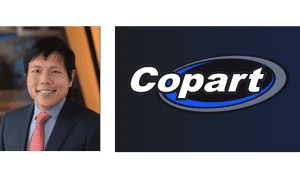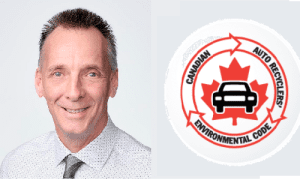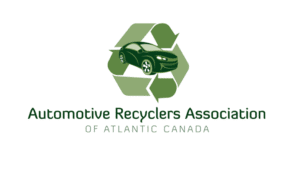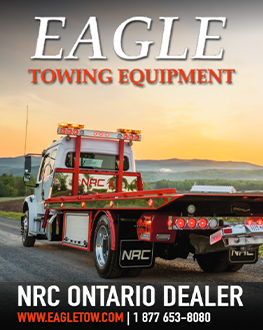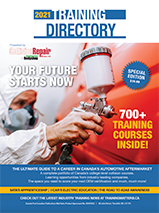.jpg)
AREA, the BC Branch of the Kidney Foundation and Schnitzer Steel are working together to clean up ELVs in remote communities while giving back.
Lillooet, British Columbia — December 3, 2014 — The BC Branch of the Kidney Foundation of Canada, Schnitzer Steel and the Automotive Recyclers Environmental Association (AREA) have joined forces to benefit the health of the environment and people of remote BC communities.
Over a year in the making, the partnership has set out to work with First Nations and Aboriginal community leaders to recycle end-of-life vehicles (ELVs) and provide the at-risk demographic with kidney disease screening while directly donating to the cause.
“I always felt there was a link between the Kidney Foundation’s Kidney Car program and helping First Nation communities,†says Colin McKean, AREA Executive Director and driving force behind the initiative.
Following a Kidney Car meeting, while reading the back of a Kidney Foundation business card, McKean learned that certain ethnic groups—including First Nations—have a genetic predisposition to the progressive and irreversible disease. With this information, and given that First Nations make up most remote communities in the province, the connection was made.
“Processing ELVs works great in urban areas and works pretty well in rural areas because the car still has value, but it doesn’t work with remote communities as the transportation costs are so high to get the product to market and by the time it gets there, it’s got a negative value,†McKean says, noting the challenges faced when removing ELVs out of isolated communities—an obstacle the partnership has aimed to overcome.
Working under the Kidney Foundation’s Recycle for Life initiative, the duo reached out to Schnitzer Steel to provide financial and recycling assistance, with AREA overseeing the transportation of ELVs to the province’s main recycling centres. A strong supporter of the Kidney Car program, Schnizter Steel agreed to provide equipment and expertise while also making a donation for every tonne of metal removed and recycled.
“The more cars we can recycle out of the community, the more money Schnizter will donate to Recycle for Life,†he says. “That also gives the community the incentive to recycle more, because the more vehicles we can pull out of a community, the more benefit goes back to that community.â€
Leaders of these communities will also have the opportunity to ask the BC Branch of The Kidney Foundation to host a targeted screening event and educate members at high risk of developing chronic kidney disease.
“We are truly proud to be part of this great partnership that will make a meaningful difference to First Nations and Aboriginal Communities,†says Naomi Low, Senior Development Officer of The Kidney Foundation, adding that early detection and prevention is key.
This approach, McKean says, falls in line with the mantra utilized by auto recyclers, and plays a definitive role in the two-phase initiative.
“I think the first phase is to clean up the communities by marshalling and removing the backlog of ELVs that have been accumulating for a long time,†he says, noting the absence of places to take vehicles to be repaired or recycled in these regions. “There are communities where there are more cars than people. They’re small communities, and may only have 80 people living there, but they’ll have 100 cars.â€
As part of the second phase of the program, the partners have aimed to help the communities manage the pile up of cars and trucks by designating an area for future storage of ELVs, requiring only one deck truck making the trip annually to clear them out.
With a pilot project in BC’s Lillooet area currently in the works and sights also set on the communities west of Williams Lake, McKean is hopeful that the initiative will be a success, and serve as a model that can be used across the country.
“It’s an idea that I think is going to work well and demonstrates auto recyclers’ commitment to dealing with ELVs in remote communities while also providing health benefits back,†he says. It’s a win-win scenario.â€




